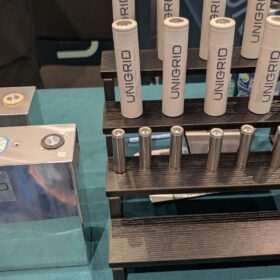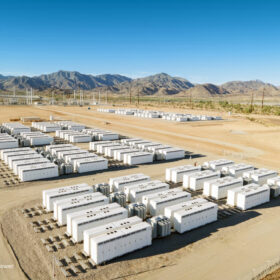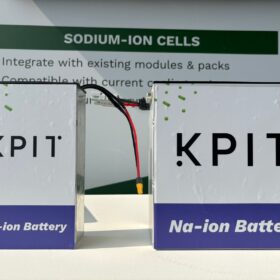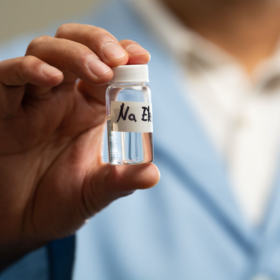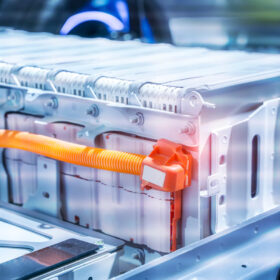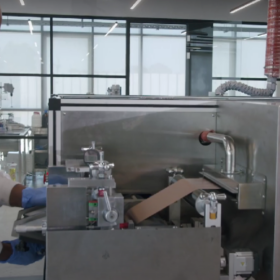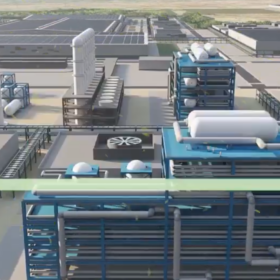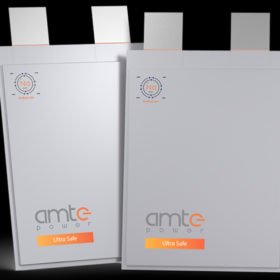Indexel Engineering secures 50 MWh supply of US developed sodium-ion batteries from Unigrid
Indexel Engineering has secured 50 MWh supply of sodium-ion batteries from US-based battery innovator Unigrid.
How advanced battery technologies are transforming solar energy storage
The energy storage market is rapidly evolving with cutting-edge battery technologies leading the way. Ongoing advancements are improving lithium batteries’ safety and longevity, further solidifying their position as the preferred choice for solar energy storage systems. Other promising developments are solid-state batteries, flow batteries, and sodium-ion batteries.
KPIT selects Trentar Energy as manufacturing partner for sodium-ion battery technology
KPIT has signed the technology transfer agreement with Trentar Energy Solutions for commercialization of its sodium-ion battery technology. Under the agreement, Trentar will build a 3 GWh sodium-ion manufacturing facility with KPIT receiving upfront technology transfer fees and additional royalty fees over eight years.
Natron Energy announces $1.4 billion sodium ion battery factory in North Carolina
The company will open a 24 GW annual production facility, creating over 1,000 jobs.
Hindalco to set up lithium battery foil manufacturing facility in Odisha
Hindalco will invest INR 800 crore to build a new battery foil manufacturing plant near Sambalpur in Odisha. The facility will initially produce 25,000 tonnes of the foils for Lithium-ion and Sodium-ion battery cells.
Waaree signs MoU with Israel’s 3DBattery to develop energy storage solutions
Waaree Technologies plans 5 GWh battery cell production capacity leveraging 3DBattery’s lithium-ion and sodium-ion battery technology.
Reliance chairman outlines plans for HJT solar modules, sodium-ion batteries
Mukesh D Ambani, the chairman and managing director of Reliance Industries, says the company aims to open a fully integrated solar gigafactory by the end of 2025. It also plans to initiate megawatt-level sodium-ion cell production by 2025.
KPIT testing sodium-ion battery packs in three-wheelers
The sodium-ion battery technology has been designed and developed by KPIT Technologies.
Global sodium-ion battery market expected to reach $2.6 billion by 2028
The global sodium-ion battery market will grow at 16.2% annually to touch $2.6 billion by 2028. Major drivers include an increasing demand for these batteries as a lithium battery replacement for renewable energy storage and the growing trend towards low-speed electric cars.
Power minister hints at another PLI scheme for grid-scale battery storage
The minister also underlined the need for diversification of supply chains by using alternative battery technologies such as sodium-ion.
